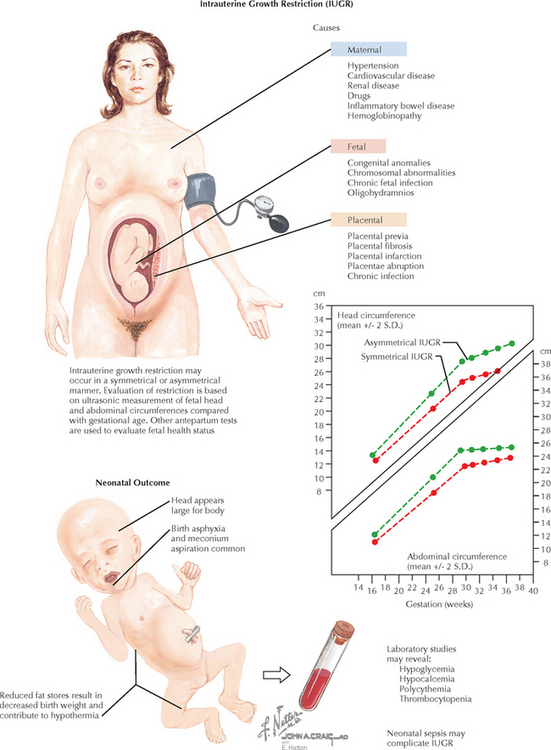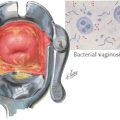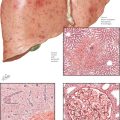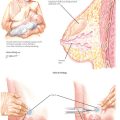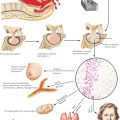Chapter 213 Intrauterine Growth Restriction
INTRODUCTION
ETIOLOGY AND PATHOGENESIS
DIAGNOSTIC APPROACH
Workup and Evaluation
MANAGEMENT AND THERAPY
Nonpharmacologic
FOLLOW-UP
Larsen T, Larsen JF, Petersen S, Greisen G. Detection of small-for-gestational-age fetuses by ultrasound screening in a high risk population: a randomized controlled study. Br J Obstet Gynaecol. 1992;99:469.
McCowan LM, Harding JE, Roberts AB, et al. A pilot randomized controlled trial of two regimens of fetal surveillance for small-for-gestational-age fetuses with normal results of umbilical artery Doppler velocimetry. Am J Obstet Gynecol. 2000;182:81.
McKenna D, Tharmaratnam S, Mahsud S, et al. A randomized trial using ultrasound to identify the high-risk fetus in a low-risk population. Obstet Gynecol. 2003;101:626.
Leitich H, Egarter C, Husslein P, et al. A meta-analysis of low dose aspirin for the prevention of intrauterine growth retardation. Br J Obstet Gynaecol. 1997;104:450.
Oken E, Kleinman KP, Rich-Edwards J, Gillman MW. A nearly continuous measure of birth weight for gestational age using a United States national reference. BMC Pediatr. 2003;3:6. Epub 2003 Jul 8
Alberry M, Soothill P. Management of fetal growth restriction. Arch Dis Child Fetal Neonatal Ed. 2007;92:F62.
Alexander GR, Kimes JH, Kaufman RB, et al. A United States national reference for fetal growth. Obstet Gynecol. 1996;87:163.
American College of Obstetricians and Gynecologists. Intrauterine growth restriction. ACOG Practice Bulletin 12. Washington, DC: ACOG, 2000.
American College of Obstetricians and Gynecologists. Ultrasonography in pregnancy. ACOG Practice Bulletin 58. Obstet Gynecol. 2004;104:1449.
Baschat AA. Fetal responses to placental insufficiency: an update. BJOG. 2004;111:1031.
Bloomfield FH, Oliver MH, Harding JE. The late effects of fetal growth patterns. Arch Dis Child Fetal Neonatal Ed. 2006;91:F299. Review.
Chien PF, Arnott N, Gordon A, et al. How useful is uterine artery Doppler flow velocimetry in the prediction of pre-eclampsia, intrauterine growth retardation and perinatal death? An overview. BJOG. 2000;107:196.
Goldenberg RL, Cutter GR, Hoffman HJ, et al. Intrauterine growth retardation: standards for diagnosis. Am J Obstet Gynecol. 1989;161:271.
James D. Diagnosis and management of fetal growth retardation. Arch Dis Child. 1990;65:390.
Resnik R. Intrauterine growth restriction. Obstet Gynecol. 2002;99:490.
Seeds JW. Impaired fetal growth: definition and clinical diagnosis. Obstet Gynecol. 1984;64:303.
Seeds JW. Impaired fetal growth: ultrasonic evaluation and clinical management. Obstet Gynecol. 1984;64:577.
Strauss RS, Dietz WH. Effects of intrauterine growth retardation in premature infants on early childhood growth. J Pediatr. 1997;130:95.

